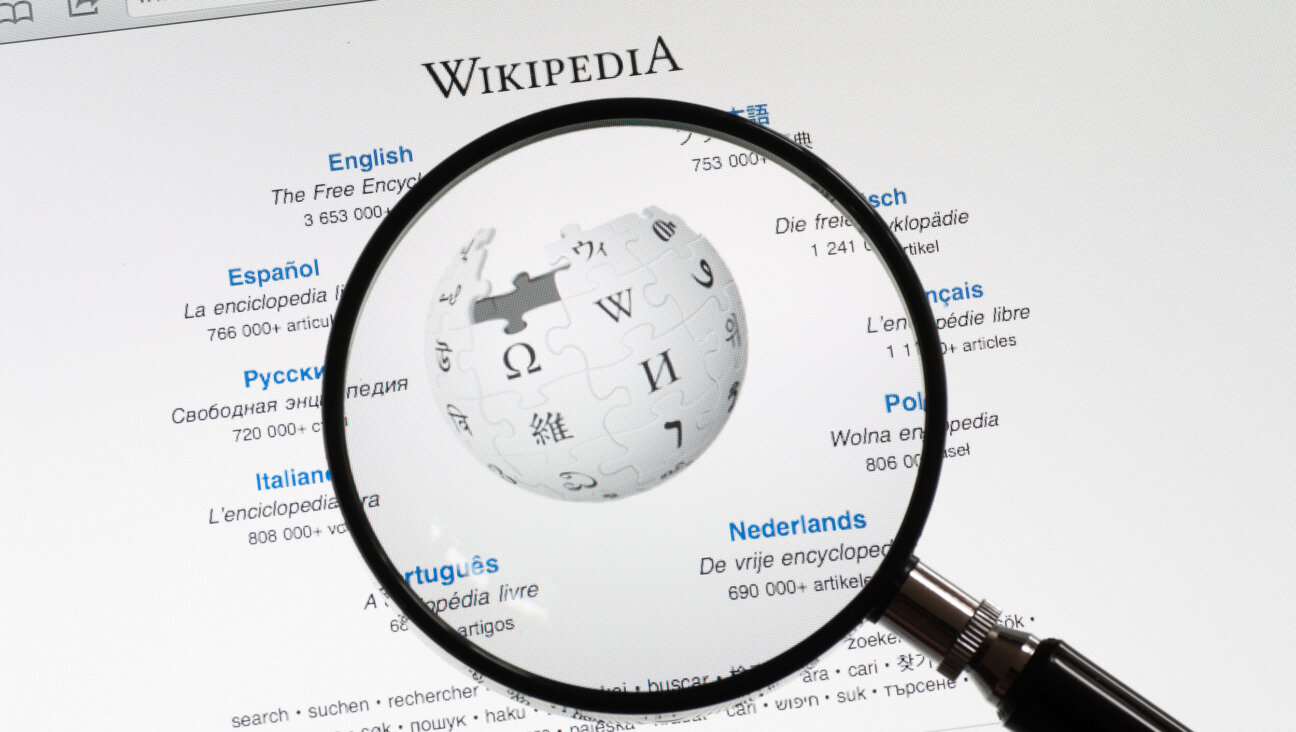October 23, 2009
An Orthodox Exodus
I was surprised and disappointed to see you print the old-school canard that the liberal streams of Judaism will inevitably disappear due to intermarriage, with only Orthodoxy thriving in the future (“The Jewish Future, in Black and White,” October 16). This outcome has been predicted for decades with no tangible proof that it’s happening.
Since your opinion article’s author, Uzi Silber, is aware of some of the statistics from the 2000-01 National Jewish Population Survey, I recommend that he dig deeper into that study, which showed that no denomination sheds more Jews than Orthodoxy: Only 41% of those surveyed who were raised Orthodox still consider themselves Orthodox today.
That is a cumulative number and is affected by many factors, and indeed Orthodox communities may be better at retaining their young people into older adulthood today than 30 years ago. But there are no demographic statistics to prove that. So even if there are 192 Orthodox children for every 100 Orthodox adults, the unspoken reality is that many of those children are going to grow up to find spiritual homes in the other streams of Judaism.
More importantly, it is offensive for Silber to refer to all children of intermarriage as “half-Jewish.” If some children of intermarriage want to refer to themselves as a “half-Jew” or “half-Jewish,” I fully support their self-identification as such. But children of intermarriage are Jews if they want to be, period, and many identify as simply Jewish and find it offensive to be called otherwise.
Considering that children of intermarriage now outnumber children of in-marriage, the Jewish community should exercise greater language sensitivity and better judgments about our words. Otherwise we turn people off completely from our community, and that is really the only way Silber’s vision will be fulfilled.
Paul Golin
Associate Executive Director
Jewish Outreach Institute
New York, N.Y.
A March of Life
Your October 9 article “A Virtual Home for Poland’s Vanished Jews” quoted Sigmund Rolat as describing the March of the Living as “a march of death” where “kids come to Poland for three days, and they see the triangle of death: Auschwitz, Treblinka and Majdanek.” Rolat goes on to explain his belief that while “important,” that alone is “not enough.” “That’s only one chapter of the history,” he said. “They should also find out where Jews lived, where they thrived, where they accomplished so much.”
As the director of the BJE March of the Living delegation in Los Angeles, I have led nearly one thousand high school teenagers from Los Angeles through Poland and Israel on the March of the Living for the past five years. I must respectfully disagree with Rolat’s opinion. First, to clear up a misconception, each year we spend six to seven days in Poland during the March. Yes, we tour Auschwitz, Treblinka and Majdanek, but we also share Shabbat services with the small but thriving Jewish community in Warsaw, walk through the gorgeous streets of downtown Lublin and engage in community service projects with Polish Catholic high school teenagers, many of whom have never had interactions with members of the Jewish community.
I appreciate what Rolat is attempting to do in Poland with the Museum of the History of Polish Jews. However, I must point out that his misconception of the March of the Living does not allow for any appreciation of the time and energy spent carefully crafting an itinerary that both celebrates and commemorates Polish Jewry. Our goals include personalizing the Holocaust, celebrating the life that was and is today, and exploring the implications of all of those things for the future.
Monise Neumann
Director
BJE March of the Living
Los Angeles, Calif.























